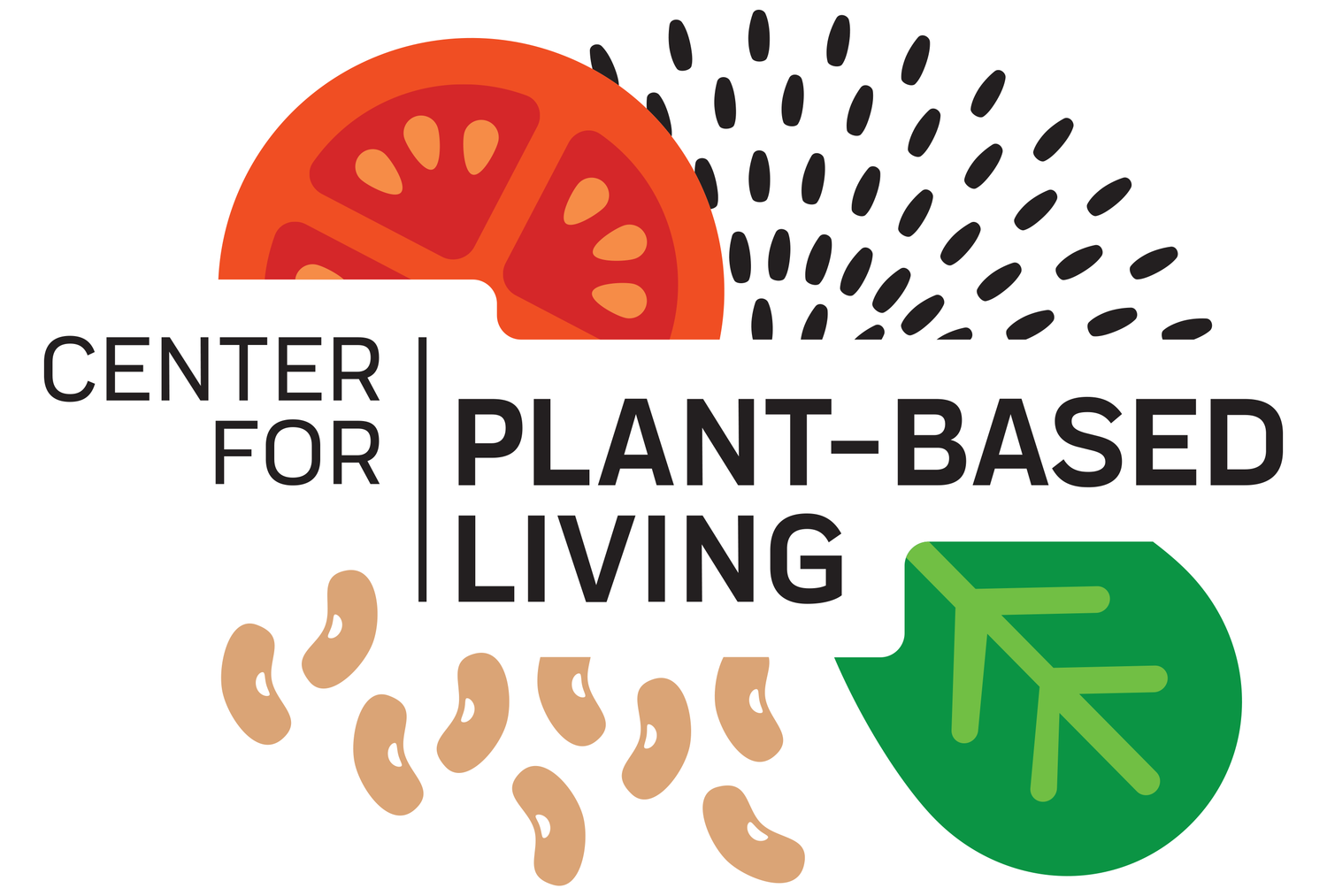THE DOC AND CHEF SHOW EP. 5: WHAT'S UP WITH ALL THE SALT: HOW MUCH DO WE REALLY NEED? // SUPPORTING SCIENCE AND THE RECIPE
Salt, also known as sodium chloride, is made up of 40% sodium and 60% chloride and is commonly used to flavor food is about. It is also a food preservative and is used as a binder and stabilizer and is the major source of sodium in the human diet. The human body requires a small amount of sodium to contract and relax muscles, conduct nerve impulses, and maintain the proper balance of water and minerals.[1] We only need about 500 mg of sodium a day to perform these vital function. The US dietary Guidelines for Americans recommends adults limit sodium intake to less than 2,300 mg per day—that's equal to about 1 teaspoon of table salt.[2] However, the average American gets 3,500 milligrams of sodium, so a tremendous amount of sodium.[3]
The major source of sodium in the Western diet is processed and restaurant food, which accounts for over 70% of total sodium intake.[4] There are many adverse health consequences associated with the over consumption of sodium, including increased risk for high blood pressure, heart disease, stroke, and osteoporosis.[5] It has also been shown that reducing sodium intake lowers the risk for these chronic diseases. For example, reducing sodium intake to 1500 mg a day lowered blood pressure by 4 to 8 points and led to a 21% to 41% reduction in clinical cardiovascular diseases and stroke.[6]
In summary, although we need some salt to maintain proper bodily functions, most of us consume way too much salt, which a can have an adverse effect on our health. Limiting your total salt intake to no more than 1 teaspoon as day can significantly lower the risk for heart disease and stroke, so put down that salt shaker, read those labels (a rough rule of thumb is that the sodium content in packaged food shouldn’t excess the number of calories), and ask our server at the restaurant to go easy on the salt! And remember, there are many ways to flavor your food without salt, including fresh and dried herbs and spices, lemon or lime juice, and flavored vinegars.
[1] J Am Coll Cardiol. 2015 Mar 17;65(10):1042-50
[2] https://www.dietaryguidelines.gov/
[3] JAMA. 2018 Mar 27;319(12):1209-1220
[4] Circulation. 2017;135(19):1775–83
[5] https://www.hsph.harvard.edu/nutritionsource/salt-and-sodium/
[6] Acta Pharmacol Sin. 2013 Jan;34(1):8-9.
🥦 Do you know about our STREAMING PLUS membership?
Our membership is built like a streaming service - you get a full library of plant-based cooking classes to watch whenever you want. PLUS, you gain access to upcoming interactive virtual cooking classes and a monthly accountability group call.
As a member you get:
Complete library of all past virtual classes - stream them whenever you’d like!
Free access to upcoming virtual classes
Library of easy and quick recipes: 100 and growing
Access to private Facebook group
Monthly accountability check-in and support group Zoom call with Caryn
Quarterly “Ask the Doc” call with Dr. Jim Loomis, our Medical Director
A community of support
To learn more, please visit us here.


